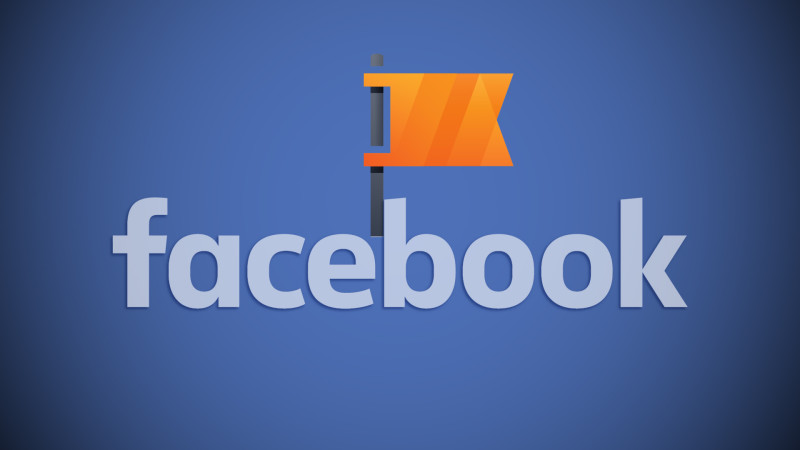
Facebook is curtailing the types of organic posts that Pages can convert into ads as it looks to make the purpose of its ads more precise, the company announced on Thursday.
Up until now, brands have been able to take any post published to their Pages and amplify its reach by paying Facebook to run it as an ad in people’s news feeds. That won’t be the case for much longer as Facebook continues to orient its ad product around delivering actual business results, as opposed to simple social engagement, which was something that COO Sheryl Sandberg emphasized repeatedly during the company’s most recent earnings call.
“We want businesses to utilize Facebook ad products that give them the best opportunity to achieve their business goals, and removing these inessential boosting options will reduce complexity and help them find the right products to get the best results,” said Facebook product manager Jyotika Prasad in an emailed statement.
As of September 15, Page owners will no longer be able to boost 17 types of posts, including profile picture changes, photos or videos uploaded using Facebook’s in-app camera, posts published from third-party apps to the Page’s timeline, political endorsements and place recommendations. Any ads purchased before September 15 that boost these types of posts will stop running after September 29.
“Advertisers rarely promoted these post types, and when they did, results were not as strong as results with our more popular ad formats,” according to a Facebook blog post announcing the change.
About The Author

Popular Stories
